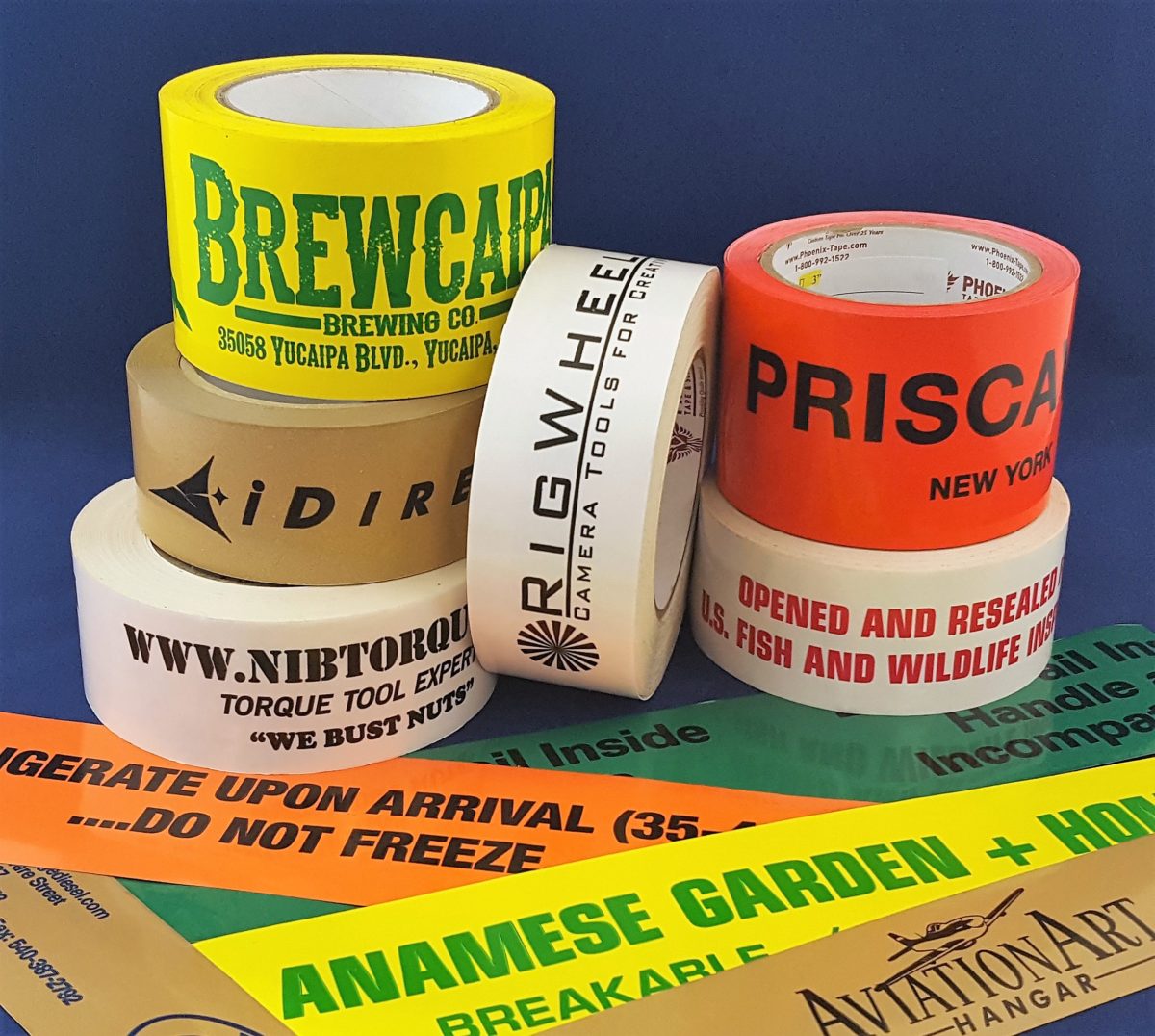Packing Tape vs. Shipping Tape

Sending packages from warehouses to customers takes time. Sometimes, it can even cost money since it involves transportation fees and other expenses. The good news is that there are ways to improve transportation to ensure goods are delivered safely and securely. However, this requires the use of shipping and packing tape.
Packaging tape plays a vital role in supply chains. Often, it is the most overlooked item in the packaging line. However, choosing the wrong tape can cause loss or damage to the goods. In addition, tape failure can cause loss of money and time, breakage, physical harm, or frustration.
Shipping tape is thinner and lighter since it is only meant to seal boxes that are not heavy. In addition, it can withstand too much handling, but not the rigorous handling of long-term storage. Packing tape, on the other hand, is a storage tape that can withstand at least ten years of cold, heat, and humidity without losing its stick or cracking. It is the ideal tape for packing boxes.
The main difference between these two tapes is their thickness, material, and quality.
Polypropylene Tape
Polypropylene is a material that a bare human hand cannot tear. So, polypropylene tape is ideal for general sealing tasks. The tape is available with different adhesives usable for huge applications and is ideal for most sealing jobs because it sticks well on different surfaces, like boxes and polythene.
Hot melt tapes are used in automated or fast-paced packing environments. They work best between 5 and 50 degrees celsius. Polypropylene solvent tape makes bonds strong enough to survive different temperatures. You can also get low-noise tapes, making them perfect for dispatch areas since they release quietly from the roll.
How Tape Is Made
The adhesive used in making packaging tapes is the biggest differentiator. Hot melt tapes go through heat to blend and coat them during manufacturing. They are made through an extrusion process that involves subjecting all adhesive components to heat and pressure for blending. This process results in a tape with high cohesive strength. This means that the tape requires great force to reach its breaking point. The synthetic rubber gives the tape elasticity, strength, and resilience to the adhesive. After extrusion, the adhesive is coated to the film, then cooled down and rewound to make a huge tape roll.
Acrylic tapes, on the other hand, are simple to make. They are made by blending an adhesive with water or solvent and then coating to the film. Blending makes the coating process easy. After coating, the solvent evaporates and is trapped back through an oven heating system. This process leaves the acrylic adhesive behind. Manufacturers then rewound the coated film into a big roll of tape.
Although the manufacturing process is different, the conversion process is the same. This process entails cutting down the big roll of tape into smaller rolls that customers know.
Therefore, shipping tape is made from a hot melt adhesive that makes it strong enough to secure packages through rough handling and multiple touch points with storage and shipping. When dispensed, shipping tape crackles loudly.
Packing tape, on the other hand, is made from a heavy acrylic adhesive designed to help it survive long periods of heat and cold. As a result, it is smooth and has a quiet release from the roll when dispensed.
Strength
Before manufacturers supply packaging tape, they must perform rigorous tests to ensure the packaging tape meets the industry’s standards, proving that it can meet its job’s demands without fail. Physical testing helps examine the tape’s sheer, peel, and tack, vital characteristics of quality packaging tape that need to be balanced.
- The tape’s adhesion to stainless steel or fiberboard is tested to determine the amount of force needed to remove the tape from this surface. In addition, this test helps determine the consistent substrate properties of the tape’s adhesive.
- Also, its holding power is measured to assess the adhesive’s spillage resistance. This feature is important in the sealing application of cartons, as they are often under constant force with flaps that seem to want to keep an upright position.
- You can also test its tensile strength to determine the load it can handle before reaching its breaking point.
Price Points for Custom Tape
Custom tape prices vary depending on the type of tape, size, thickness, width, tape color, and the number of ink colors. Also, the prices vary if it’s a reprint of a previous order, a reverse print, or a flood coat. Visit Phoenix Tape for a pricing chart based on these factors.
Conclusion
When choosing packaging tape, it is essential to first determine whether you are packing boxes for short-term shipping or storage or long-term. Then, choose a sticky, strong, and reliable tape to ensure the goods being shipped or stored are secure.

 1-800-992-1522
1-800-992-1522  My Account
My Account 
 Register / Login
Register / Login 